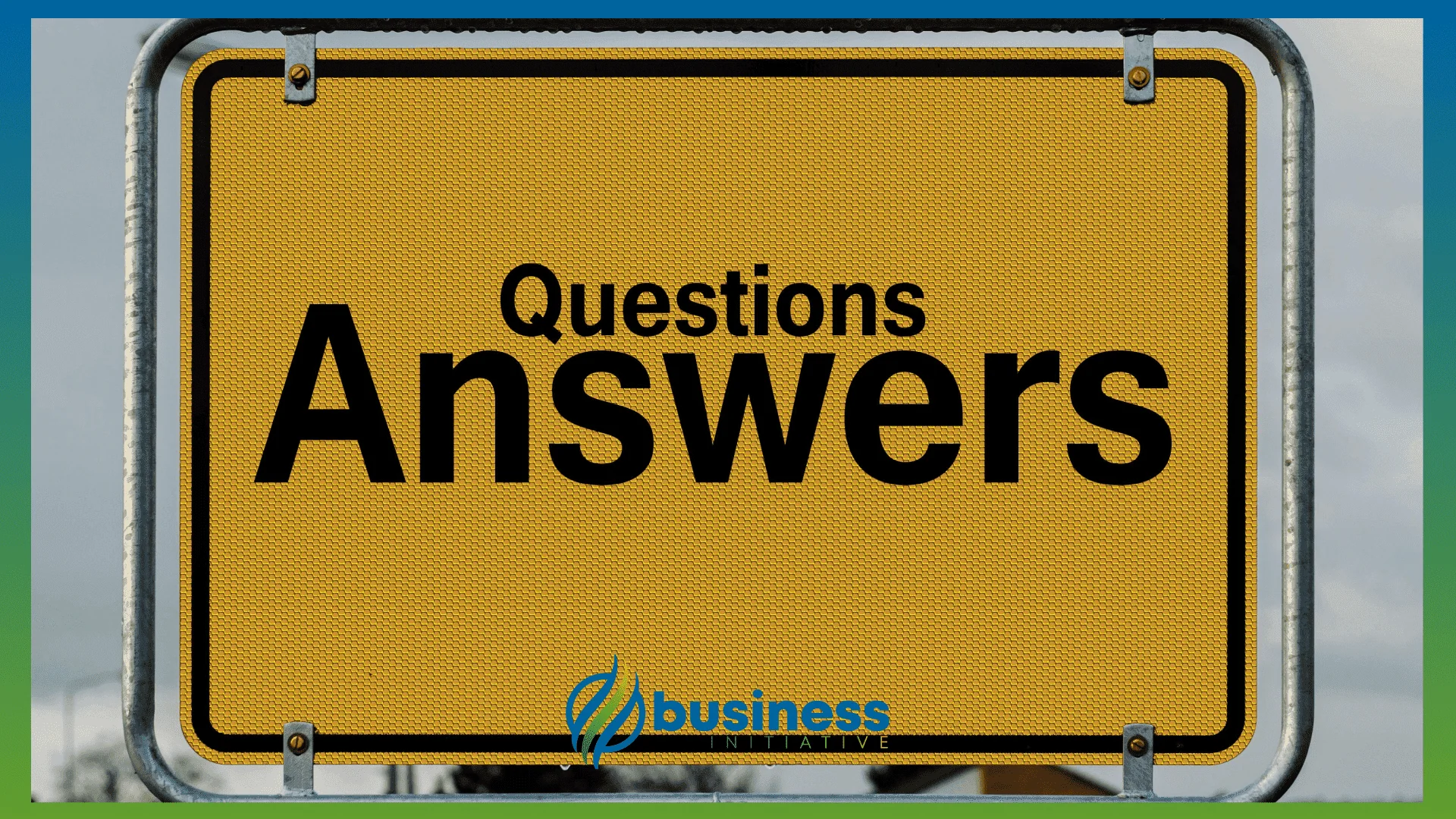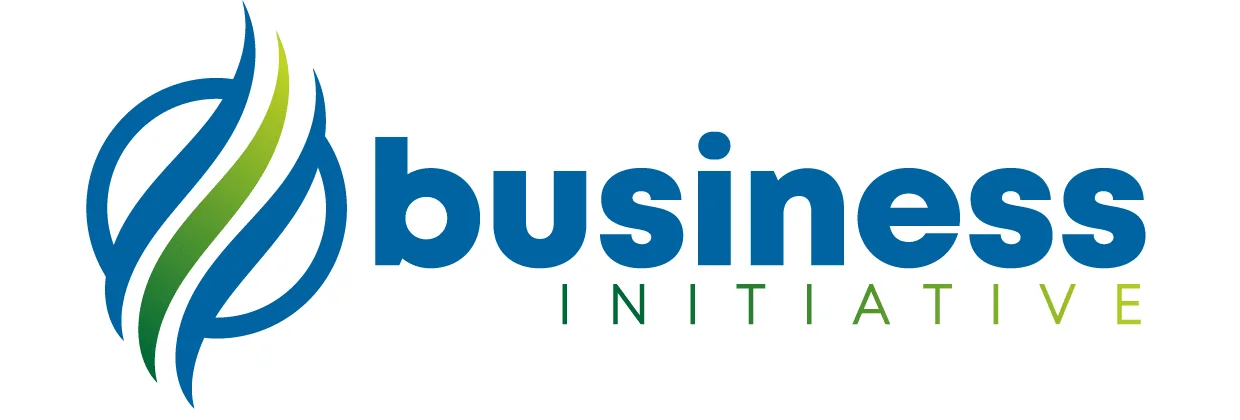WARNING: Don’t roll out new communication tools without a plan. Adoption without strategy creates chaos, not clarity.
 Key Takeaways
Key Takeaways
- Clarity: One source of truth reduces confusion and rework
- Speed: Shorter decision cycles and faster execution
- Adoption: Right onboarding 2–3x's tool usage and outcomes
- Measurement: Track response time, time-to-decision, and engagement
- Security: Privacy-first practices reduce breach and compliance risk
 Table of Contents
Table of Contents
- The Communication Reality Check
- The Digital Communication Advantage
- The Essential Communication Stack (39+ Tools)
- The Collaboration Playbook
- The Social and Content Engine
- Security and Compliance Essentials
- Measurement and KPIs
- Implementation Blueprint
- FAQs - Corporate Communication
- The Consultation Call and Bottom Line
The Communication Reality Check
Corporate communication has come a long way since the days of handwritten memos and fax machines.
With the advent of digital technology and the internet, the way businesses communicate internally and externally has undergone a complete transformation and it continues to evolve at a rapid pace.
As digital transformation continues to shape the corporate world, it’s essential for businesses to embrace new communication tools and strategies to stay competitive in today’s fast-paced environment.
This article explores the future of corporate communication in the digital age, from leveraging digital platforms and tools to embracing social media and content marketing, as well as ensuring data privacy and security.
Let’s dive in…
The Digital Communication Advantage
Digital transformation has revolutionized the way businesses communicate, both internally and externally.
Traditional communication methods have been replaced by digital alternatives, such as email, instant messaging, video conferencing, and social media platforms.
Digital tools like Slack, Microsoft Teams, and Zoom have become indispensable for day-to-day communication and collaboration across departments and time zones.
These platforms have enabled companies to connect with their employees, clients, and stakeholders more efficiently and effectively.
For example, Microsoft Teams has become a popular collaboration platform for businesses, allowing employees to hold virtual meetings, share documents, and collaborate on projects in real-time.
This has led to increased productivity and better decision-making, as employees can now access and share information faster than ever before.
Another famous example of a company that has embraced digital transformation in communication is IBM. In 2017, IBM shifted its entire workforce to using Slack for internal communication, allowing employees to communicate and collaborate more effectively and efficiently, and boosting overall productivity.
The Essential Communication Stack (39+ Tools)
As the digital world continues to evolve, it’s essential for businesses to stay up-to-date with the latest digital marketing, social networking, communication tools, and more…
Digital Marketing Tools
-
Google Analytics - Track website traffic and user behavior.
-
HubSpot - All-in-one inbound marketing platform.
-
Mailchimp - Email marketing platform.
-
Hootsuite - Social media management platform.
-
Buffer - Social media scheduling and analytics tool.
-
Canva - Graphic design tool for creating social media posts, flyers, and more.
-
Ahrefs - SEO analysis and link building tool.
-
SEMrush - Keyword research and competitor analysis tool.
Social Networking Tools
-
LinkedIn - Professional networking platform for businesses and professionals.
-
Twitter - Microblogging platform for sharing updates and engaging with customers.
-
Facebook - Social networking platform for businesses to connect with customers and prospects.
-
Instagram - Visual storytelling platform for businesses to showcase their products or services.
-
YouTube - Video-sharing platform for businesses to create video content.
Communication Tools
-
Slack – Team collaboration platform for messaging and file sharing
-
Microsoft Teams – Collaboration platform for holding virtual meetings and sharing documents
-
Zoom – Video conferencing software for remote meetings
-
Skype – Communication tool for messaging, voice and video calls
-
Google Meet - Video conferencing platform
Customer Relationship Management (CRM) Tools
-
Salesforce - Cloud-based CRM platform for sales, marketing, and customer service.
-
Zoho CRM - All-in-one CRM solution for businesses of all sizes.
-
HubSpot CRM - Free CRM with robust features like lead management and email tracking.
Project Management Tools
-
Asana – Project management tool to track tasks and projects
-
Trello – Kanban-style project management tool
-
Basecamp – All-in-one project management tool
Content Creation Tools
-
Grammarly – Writing assistant that checks grammar and spelling errors
-
Hemingway Editor – App that helps simplify writing by highlighting complex sentences and common errors.
-
BuzzSumo – Tool to find content ideas based on social shares.
Design Tools
-
Adobe Creative Suite – Industry-standard design suite including Photoshop, Illustrator, InDesign, etc.
-
Sketch – Vector graphics editor for designing user interfaces
-
Figma – Collaborative interface design tool
E-commerce Tools
-
Shopify - E-commerce platform for building online stores.
-
WooCommerce - WordPress plugin for creating online stores.
-
BigCommerce - E-commerce platform with built-in marketing tools.
Analytics and Reporting Tools
-
Google Data Studio – Free data visualization tool that connects to multiple data sources
-
Hotjar – Heatmap and website optimization tool
-
Mixpanel – Product analytics tool for tracking user behavior
Customer Support Tools
-
Zendesk – Customer service software that integrates ticketing, chat, and phone support.
-
Freshdesk – Cloud-based helpdesk software for customer support teams.
-
Intercom - Customer messaging platform for businesses to communicate with customers through their website or app.
By using these digital marketing, social networking, and communication tools, businesses can streamline their processes, boost productivity, and improve customer engagement to stay ahead of the competition in today’s fast-paced digital world.
The Social and Content Engine
Social media and content marketing have become essential components of modern corporate communication.
Businesses can use platforms such as LinkedIn, Twitter, and Facebook to engage with clients, share updates, and showcase their expertise.
Content marketing, on the other hand, involves creating and distributing valuable content to attract and engage target audiences.
For instance, Cisco has successfully leveraged social media and content marketing to showcase its thought leadership and engage with its audience. By sharing informative content and engaging in conversations with followers, Cisco has been able to build a strong online presence and expand its reach.
The Collaboration Playbook: Choosing and Implementing Platforms
There are countless digital platforms and tools available to enhance corporate communication, but it’s essential to choose the ones that best suit your business needs.
Here are some practical tips for selecting the right platform and integrating it into your business:
1. Assess your organization’s requirements: Determine the communication and collaboration needs of your company and identify the features that are most important for your team.
2. Evaluate ease of use: Select tools that are user-friendly and have a low learning curve to ensure a smooth transition for your team.
3. Consider scalability: As your business grows, you’ll need tools that can grow with it. Select platforms that can accommodate an expanding workforce and increasing communication demands.
4. Train your employees: Provide training and support to help employees learn how to use the new tools effectively.
5. Encourage collaboration: Foster a culture of collaboration by making it easy for employees to share ideas, ask questions, and provide feedback.
6. Monitor usage and performance: Regularly assess the effectiveness of your digital communication tools and make adjustments as needed.
Create Engaging Content: Practical Tips
Social media and content marketing have become crucial components of corporate communication, allowing businesses to engage with their audience, build brand awareness, and drive growth.
To create engaging content for your audience, consider the following tips:
-
Know your audience: Research your target audience and create content that resonates with their interests and needs.
-
Use storytelling: Share your brand’s story and values, and connect with your audience on a personal level.
➤ MORE: Become a MASTER Storyteller and build your brand!
- Be consistent: Establish a content calendar, and maintain a consistent posting schedule to keep your audience engaged.
Companies like Tesla have successfully leveraged social media to create buzz around their products and foster a community of loyal followers. Tesla’s CEO, Elon Musk, is known for his engaging and often humorous posts on X (Twitter), which have helped to humanize the brand and build a strong online presence.
Security and Compliance Essentials
Measurement and KPIs for Corporate Communication
Track what matters so your communication strategy actually moves the business.
- Response time across channels (email, chat, tickets)
- Time-to-decision for projects and approvals
- Message-to-meeting ratio (fewer meetings, better outcomes)
- Engagement in channels and docs (views, comments, reactions)
- Tool adoption and active users per week
- Employee satisfaction with communication (quarterly pulse)
Tools mentioned in this guide help here: use Google Data Studio for dashboards, Mixpanel for product/usage analytics, and Hotjar for engagement insights.
As businesses increasingly rely on digital tools to communicate, concerns about data privacy and security have become paramount. Companies need to take steps to protect sensitive information and maintain compliance with data protection regulations.
Here are some steps businesses can take to ensure the privacy and security of their digital communications:
-
Implement strong password policies: Encourage employees to use strong, unique passwords and change them regularly.
-
Use encryption: Use encrypted messaging services and email platforms to protect sensitive information.
-
Educate employees: Provide regular training on cybersecurity best practices and the importance of protecting company data.
-
Stay up-to-date: Stay informed about the latest security threats and update your protective measures accordingly.
Implementation Blueprint
Phase 1 — Audit: Map current channels, tools, and bottlenecks. Identify duplications and dead zones.
Phase 2 — Select: Choose tools that match workflows, not the other way around. Prioritize ease-of-use and integrations.
Phase 3 — Pilot: Roll out to a single team with clear success metrics and feedback loops.
Phase 4 — Rollout: Document standards, train, and set channel norms. Don’t skip change management.
Phase 5 — Optimize: Review monthly, standardize what works, and deprecate what doesn’t.
The future of corporate communication is undoubtedly digital.
As digital transformation continues to reshape the corporate landscape, businesses must stay ahead of the curve by embracing digital tools and strategies to improve communication and collaboration.
By implementing the tips and tricks discussed in this article, entrepreneurs and business owners can ensure they are well-prepared for the digital transformation of corporate communication.
To prepare for the future of corporate communication, businesses should invest in the right tools and platforms, create engaging content, and ensure data privacy and security.
By doing so, you can unlock new opportunities and thrive in the digital age.
Ready to revolutionize your corporate communication strategy?
Take the first step by exploring digital platforms and tools, and start embracing the future of communication today!
FAQs - Corporate Communication

What is corporate communication in the digital age?
It's how your company coordinates, informs, and builds trust across teams and audiences using digital channels.
It blends internal tools (chat, docs, meetings) with external channels (social, email, content).
Learn More...
Corporate communication aligns people, priorities, and decisions across the organization using modern tools.
Internally, it uses chat, shared docs, and meetings to reduce friction and speed up execution.
Externally, it uses social media, content, and email to inform, persuade, and build brand trust.
- Core internal channels: chat, video, shared docs, project tools
- Core external channels: website, social media, newsletters, PR
- Goal: clarity, speed, and consistent messaging across every touchpoint
Leaders invest in simple standards and clear channel norms to keep noise low and outcomes high.
Which communication tools should we start with first?
Pick a focused stack: chat, video, shared docs, project management, and a CRM.
Choose easy-to-use tools with strong integrations and adopt them company-wide.
Learn More...
Start with a minimal, integrated stack and master it before adding more.
Baseline stack: Slack or Microsoft Teams for chat, Zoom or Google Meet for video, Google Workspace or Microsoft 365 for docs, Asana/Trello/Basecamp for projects, and a CRM like HubSpot or Salesforce.
Ensure SSO, clear ownership, and agreed standards (naming, channels, response times).
Focus on adoption: tools only work when people actually use them the same way.
How do we drive adoption of new communication tools?
Run a pilot, set norms, train briefly, and measure usage weekly.
Assign owners and make the new way the easy way.
Learn More...
Adoption is a change-management problem, not a features problem.
Start with a small pilot team and define success metrics (active users, response time, time-to-decision).
- Set channel norms: when to chat vs. meet vs. document
- Make templates and naming conventions easy to copy
- Offer 30–45 minute training and quick reference guides
- Turn off overlapping tools to reduce confusion
- Report wins and usage data to build momentum
IBM’s Slack rollout shows the power of a top-down standard with bottom-up enablement.
Small wins compound when leaders model the behavior and remove friction.
How should we measure communication effectiveness?
Track response time, time-to-decision, engagement, and tool adoption.
Build a monthly dashboard to review and optimize.
Learn More...
Measure outcomes, not just activity.
- Response time by channel (email, chat, tickets)
- Time-to-decision for projects and approvals
- Message-to-meeting ratio and meeting time reduced
- Engagement in documents and channels (views, comments, reactions)
- Active users per week per core tool
- Quarterly employee satisfaction pulse on communication
Use Google Data Studio for dashboards, Mixpanel for product usage, and Hotjar for engagement insights.
Review monthly, then standardize what works and deprecate what doesn’t.
How do we reduce meetings without hurting alignment?
Adopt written updates, async decision logs, and clear channel norms.
Reserve meetings for decisions and collaboration, not status.
Learn More...
Replace recurring status meetings with async updates in shared docs and channels.
- Weekly written updates with owners, blockers, due dates
- Decision logs in shared docs to track context and outcomes
- Use chat threads for Q&A and cut back on ad-hoc meetings
- Keep meetings short with agendas and documented next steps
Teams that do this often reclaim 20–30% of meeting time while improving clarity.
How do we secure our communication stack and protect data?
Use SSO, encryption, least-privilege access, and regular training.
Document policies and audit quarterly.
Learn More...
Security is a process: technology + policy + behavior.
- Turn on SSO/MFA and enforce strong password policies
- Use encryption for messaging and email where possible
- Set least-privilege access and regular permission reviews
- Train quarterly on phishing and data handling
- Maintain an incident response plan and vendor risk reviews
Balance usability and safety so teams stay secure without adding friction.
Slack vs. Microsoft Teams: which should we choose?
Pick the platform that best fits your workflow and existing ecosystem.
If you're on Microsoft 365, Teams often wins; otherwise Slack is excellent.
Learn More...
Both Slack and Teams are market leaders with robust features.
- Teams advantage: deep integration with Microsoft 365, meetings, and docs
- Slack advantage: best-in-class chat UX, ecosystem of integrations
- Consider licensing costs, admin controls, and user familiarity
IBM’s Slack rollout showed productivity gains at scale, while Microsoft Teams adoption surged in enterprises due to native integration.
Run a two-team pilot with clear metrics before making a company-wide decision.
More on Teams: Official page.
How do social media and content marketing fit into corporate communication?
They extend your internal clarity to the market: educate, engage, and build trust.
Use consistent messaging and tell stories that resonate.
Learn More...
External communication amplifies your brand’s voice across channels your audience already uses.
- Define a content strategy aligned to business goals
- Use storytelling to make messages memorable
- Repurpose internal insights into posts, blogs, and videos
- Maintain a consistent cadence and measure engagement
See our guide on brand storytelling: Storytelling for business.
Companies like Cisco demonstrate how consistent content builds authority and reach.
The Consultation Call and Bottom Line
Strong corporate communication is a growth lever.
It reduces friction, speeds decisions, and improves execution across every team.
If you want a customized plan for your stack, standards, and rollout, let’s map it in 30 minutes.
The future of corporate communication is digital, and businesses that embrace this transformation will enjoy improved efficiency, collaboration, and success.
Don’t let your business be left behind…
Start implementing digital communication tools and strategies today to stay ahead of the competition.
Are you ready to take advantage of the digital revolution and transform your business communication for success?
Business Initiative offers expert consultation services to help your organization navigate the complexities of digital transformation.
Our experienced consultants can provide tailored solutions to meet your specific needs, whether it’s selecting the right platform, implementing effective communication strategies, or ensuring data privacy and security.
Contact us today to learn more about how we can help you prepare for the future of corporate communication.
You can reach us here or by sending us a message at @BisInitiative on X.
Don’t wait another minute…
Start your journey towards digital transformation now with Business Initiative!


